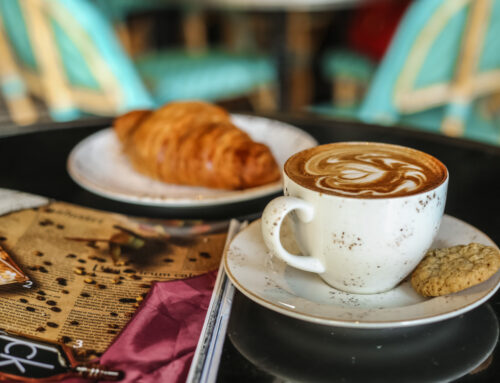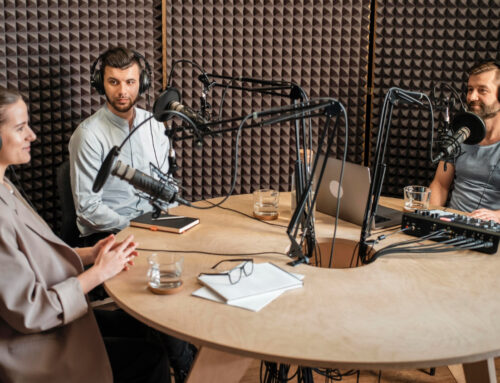Words by Jumana

A sky full of watery and vague clouds lit up the sand with blue. A young boy of ten walked along the twilight-tainted white sandy beach with his group of friends as they joked about which jinni was about to come out and get them. They can spot a sea of glowing coconut lanterns at a distance where the people await and the smell of snacks wafted through the air. He looked up mid-sentence and saw a flicker of crescent winking through the clouds. “Quick, quick, I just saw it” he said as he began running at full speed towards the island folk even as the eyes of his friends shot up towards the sky. In the backdrop of the boy’s flightpath was a small hill of fire and smoke in the sky, a nearby island too had spotted the moon! Ramadan was upon us.
An iPhone glides ever so perfectly over a carefully arranged charcuterie board that would be the equivalent of any old eastern European harvest festival in Spring. Cheeses, crackers, donuts, olives and cold cuts (because who can keep meat fresh in times of no refrigeration?) arranged oh so tastefully across a wooden cutting board borrowed from three households. A slight “ping” indicating that the story is posted with “Family Maahefun” emblazoned across with an emoji or two. A closeup of the board was taken by the teenage boy while a cake from the nicest bakery awaited at his elbow.
“How come there is no maa (flower) at this maahefun (literal translation being: a flower munching)?” a little girl asked with a cheeky smile – having cracked a pun.
The reason Maahefun got its catchy name is not due to the celebration being filled with florals, but due to the telltale sign of puffed rice. They can be found atop many tables as the last few days of Sha’ban crept onto Ramadan. Covered in delicious Dhiyaa hakuru (coconut nectar cooked with coral stone) and made into balls, or even addictingly mixed with dried fish flakes and generous helpings of lime juice, salt and chopped curry leaves as well as dried chili in the form of Kulhi Maa, this delicacy is versatile. Surprisingly few people now know of this origin story of the legendary Maahefun, even while arranging their rendition of it on a wooden plank.


While the 2022 Maahefun season saw a slew of Indian street food Pani Puri as well as baked goods like sugar cookies and cake mixed with homemade baked goods, the 2023 season has bloomed into some even more intricate and well-put-together. Charcuterie boards were laid next to Mas Kaashi (coconut flesh and dried fish) accompanied by Aveli (flattened toasted rice), black Maafuh balls (Sorghum flour and bananas with sugar) and Kulhi faaroshi (spicy bread rusks mixed with Rihaakuru). Advent calendars filled with duas and religious reminders for the soul were gifted to young daughters and sons, nieces and nephews as Ramadan drew closer. Homes were lovingly decorated with twinkly lights as kids of the 90s became parents amd adults with traditions. Professional photoshoots were arranged several days ahead as the whole family dressed up their little ones in jilbabs and hijabs for a small way to delightfully look back at this time in their lives.

Look back at a time mostly forgotten now, and “Maahefun” was the mere “reward” of the past month or so of hard work. Dharu Undhun (wood burning ovens) were cleaned out of ash, with the graying dust used in some form of cleaning -be it blacked pots or even as a shampoo, mixed with sandalwood paste and rose water). Several excited children ran alongside men and women carrying fresh white sand on wheelbarrows and expertly atop their shoulders even as the ground was essentially flattened in anticipation of the clean and fresh sand that will cover it. While groups of women had gathered their little ones and sat around in circles for the past month, several expertly picked through rice grains and took out the assortment of sand, rock and the occasional beetle while another lovingly worked on sewing the gold weavings of Kasabu onto her Eid libaas- her hands have been working tirelessly over the dress for the past year now.

Whether it is a gethering at night on the beach, or a lush setup worthy of the ‘gram at an event where you see that elusive and “busy” cousin only once a year, Maahefun is an ode to a holy month of togetherness, worship and prayer. Even as the sun sets of the last evening of Sha’ban and the slew of Canva-approved imagery and pics from Dhatha’s (aunt’s) lovely flower garden with the writing “Ramadan Mubarak” on it start arriving at our Viber and Watsapp inboxes, there is one thing we all know in the back of our minds, we are loved, we are together. Just don’t forget to “Be grateful” as our lock screen keeps reminding us.
No matter what, come the evening of a confirmed beginning of Ramadan, a blanket of peace engulfs the land for as long as your imagination can take you, while several thousand hearts set the intention for goodness and peace enshrouded in love. The most melodic Quran can be heard from homes while masjids fill up with the spiritual, physical and mental challenge of taraweeh prayer. This is how we embrace the holy month of Ramadan.









Leave A Comment